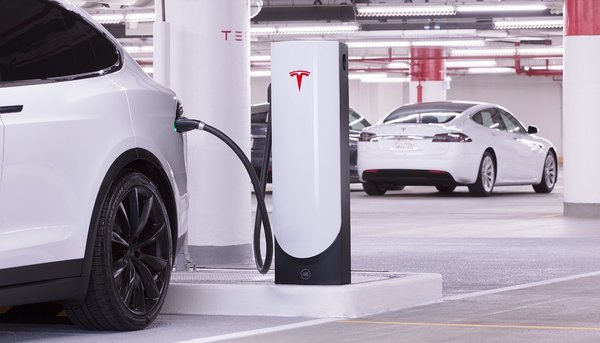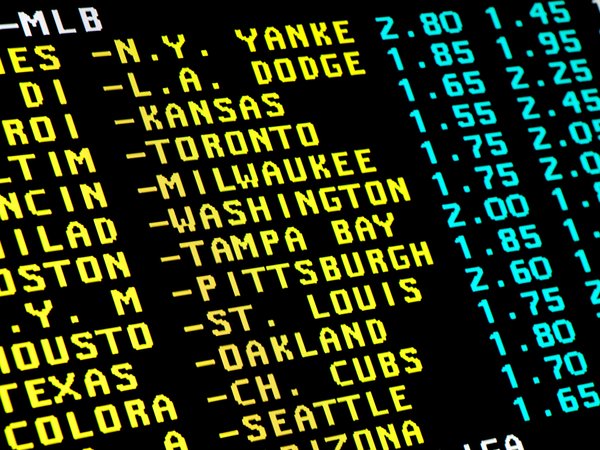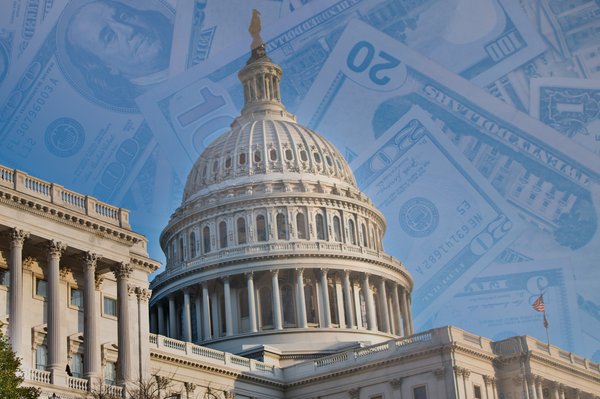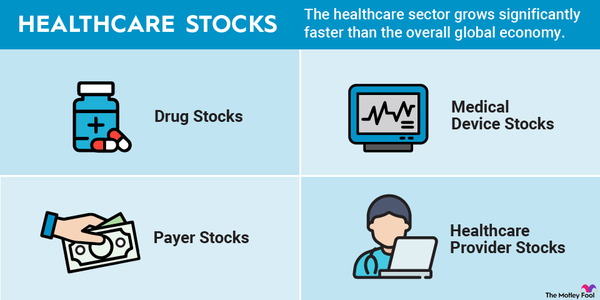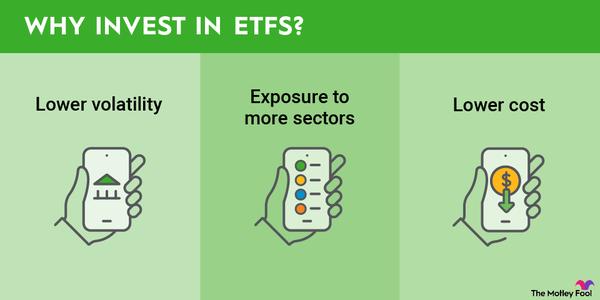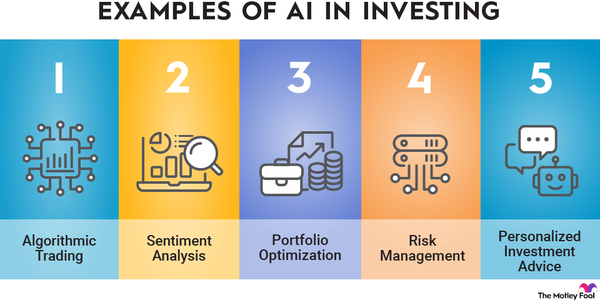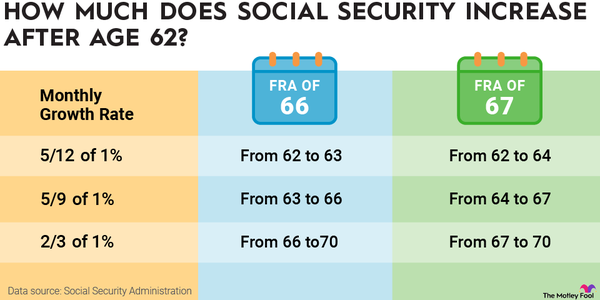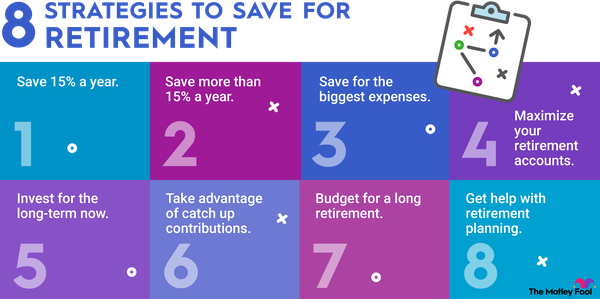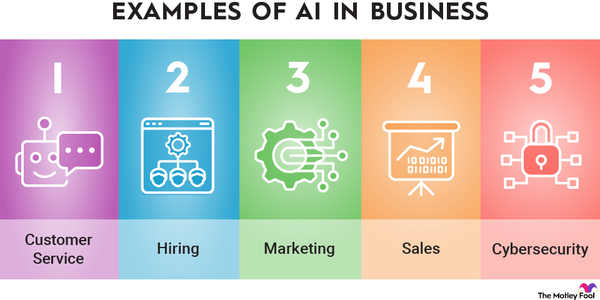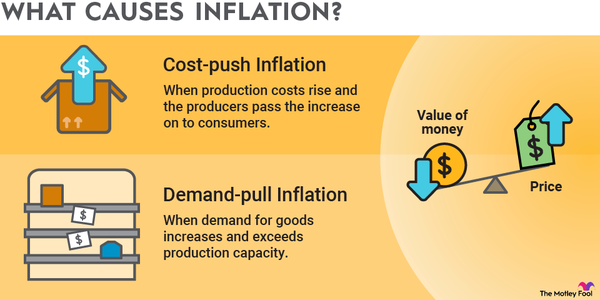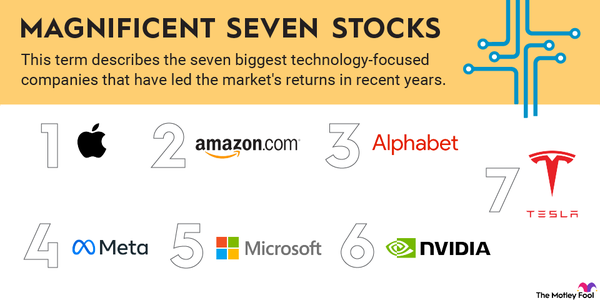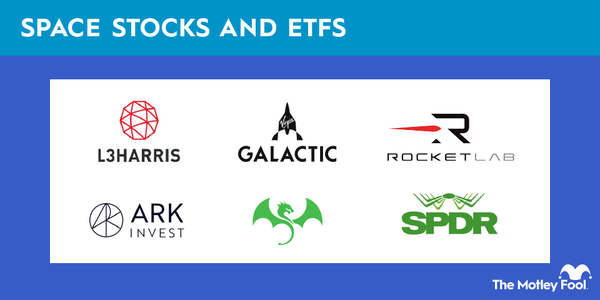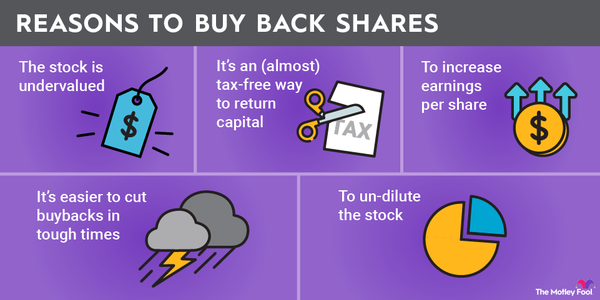The video streaming industry continues to evolve and U.S. consumers may be losing patience with the growing number of services and accompanying costs, according to The Motley Fool’s State of Streaming survey.
The past few years have been volatile for video streaming companies, their subscribers, and shareholders. The industry saw a spike in interest during the pandemic -- and for many companies, in their share prices -- only to return to reality by the middle of 2022.
Since then, TV watchers have been hit by rising subscription rates, password sharing crackdowns, new ad-based pricing options, and a more fragmented landscape with new services arriving, mergers and rebrands.
Consumers may be getting fed up. Respondents to The Motley Fool’s State of Streaming 2024 survey are less likely to be willing to pay more than $60 per month for all of their video streaming services and more likely to be subscribed to fewer streaming services compared to 2022, when The Motley Fool previously surveyed on streaming preferences. More respondents also think there are too many streaming options and are having a harder time keeping track of where their shows are.
Read on to better understand how consumers are approaching streaming services and how that might impact companies offering those services.
62% of video streaming service subscribers believe there are too many options
Sixty-two percent of respondents to The Motley Fool’s State of Streaming survey say there are too many streaming options. That’s up from 53% in 2022.
This is likely a result of the proliferation of streaming services that have fragmented content libraries for viewers.
There are now a number of platforms offering original content, exclusive libraries of classic shows and movies, and, for some, live programming.
Netflix (NASDAQ:NFLX) boasts the most subscribers, with 301.6 million subscriptions active around the world.
| Service | Subscribers |
|---|---|
| Netflix | 301.6 million |
| Amazon Prime/MGM+ | 205 million |
| Disney+/Hulu/ESPN+ | 204.8 million |
| Disney+ | 126 million |
| HBO Max | 122.3 million |
| Paramount+ | 79 million |
| Hulu | 54.7 million |
| Apple TV+ | 45 million |
| Peacock | 41 million |
| Starz | 27.92 million |
| ESPN+ | 24.1 million |
| YouTube TV | 9.4 million |
Fewer are subscribing to more streaming services than previously
A lower percentage of respondents are adding to the number of video streaming services they’re subscribed to compared to 2022, The Motley Fool’s State of Streaming survey found.
Thirty-seven percent of respondents said they’re subscribed to fewer streaming services today than a year ago, up from 13% of those responding in 2022. Meanwhile, 46% said they’re subscribed to more streaming services this year than the previous year, falling from 54% in 2022.
| How many streaming services are you subscribed to today compared to a year ago? | 2022 | 2024 |
|---|---|---|
| Fewer | 13% | 37% |
| The same | 33% | 17% |
| More | 54% | 46% |
The narrowing gap between the percentage of those subscribed to more and fewer streaming services compared to the previous year suggests the video streaming space may be getting oversaturated, that viewers are nearing their budget for streaming, or streaming services are losing out to other sources of entertainment, like social media and gaming.
Data from Deloitte supports fading interest in maintaining multiple streaming service subscriptions. Thirty-nine percent of respondents to Deloitte’s 2025 Digital Media Trends survey said they had canceled a paid video streaming service subscription in the past six months. That percentage is higher for Gen Z and millennials whose media consumption is much more diverse than older generations.
Gen Z and millennials spend more time consuming media than Gen X or baby boomers but less time watching streaming services or cable TV, according to Deloitte. Instead, they spend more time on social media, watching user generated content, playing video games, and listening to music. As a result, those younger generations may be more likely to part ways with streaming services, especially if they become more expensive or fragmented.
Hours per day by type of media and entertainment
| Activity | Gen Z | Millennials | Gen X | Baby boomers | Silent |
|---|---|---|---|---|---|
| Watching on streaming services | 1.3 | 1.5 | 1.6 | 1.4 | 0.9 |
| Watching on cable/live TV | 0.8 | 0.9 | 1.3 | 2.1 | 2.3 |
| Using social media | 1.4 | 1.1 | 0.9 | 0.6 | 0.4 |
| Listening to music | 1 | 0.9 | 0.8 | 0.5 | 0.4 |
| Watching user-generated content (UGC) | 1 | 0.7 | 0.5 | 0.3 | 0.2 |
| Playing video games | 1.1 | 0.7 | 0.5 | 0.2 | 0.2 |
| Listening to podcasts | 0.3 | 0.4 | 0.3 | 0.2 | 0.2 |
| Other | 0 | 0.1 | 0.1 | 0.1 | 0.1 |
| Total | 6.9 | 6.3 | 6 | 5.4 | 4.5 |
Split up content libraries is the largest complaint
As more streaming services become available, more content is produced and existing content may move between services. Consequently, it's no surprise that the most common complaint among respondents who think there are too many video streaming services is that the shows they watch are spread across multiple platforms.
Another effect of the fragmenting and expanding streaming landscape is watchers being unable to keep track of where shows are that they want to watch. That is the second-most-common complaint among those respondents.
Rising subscription costs were the third-most-cited issue among respondents who believe there are too many streaming options.
| Why do you feel there are too many video streaming services? | 2022 | 2024 |
|---|---|---|
| I can’t keep track of which streaming service hosts the content I want to watch. | 26% | 32% |
| I wish my shows were all on one platform. | 37% | 38% |
| It’s getting too expensive to pay for all the content I want to watch. | 35% | 29% |
| Other | 2% | N/A |
Deloitte's 2023 Digital Media Trends survey came to similar conclusions. Forty-seven percent of respondents said they had recently made a change to their video streaming service subscriptions to save money, such as canceling or bundling, and 60% are using an ad-supported video streaming option.
Data from Antenna, a subscription analytics company, shows that video streaming subscription cancellations are on the rise. Also, the rate of net subscriber additions have slowed as major companies such as Netflix have raised prices and cracked down on password sharing.
A survey from Nielsen came to comparable conclusions as The Motley Fool’s State of Streaming Survey. Sixty-four percent of respondents said they wanted an option to bundle streaming services, and 46% said it’s becoming more difficult to find content they want to watch because of the number of streaming platforms.
The average number of video streaming subscriptions per household
The average U.S. household is subscribed to around four subscription services, based on industry estimates:
- Deloitte in 2025 found that the average number of paid streaming service subscriptions is 4.
- Simon-Kucher found that the average number of paid streaming service subscriptions per person is 3.6.
- Leichtman Research Group found in 2023 that 83% of U.S. households are subscribed to a video streaming service, and the average number of services subscribed to is 4.1.
Streaming beats out cable and broadcast for viewership
Streaming took up 44% of TV viewing in March 2025, besting cable (24%) and broadcast TV (21%) for consumer attention, according to Nielsen.
Streaming viewership has been on the rise while cable and and to a lesser extent broadcast TV’s viewership shares have fallen
Video streaming viewership overtook cable for the first time in July 2022, according to Nielsen.
47% of Americans subscribed to a video streaming service spend more than $30 a month on streaming services
The majority of those subscribed to a video streaming service spend more than $30 per month on them. That largely tracks with data collected by The Motley Fool in 2022.
However, 13% of respondents surveyed in 2024 said they spend more than $60 per month on all of their video streaming services, down from 17% in 2022. That suggests the majority of respondents are paying less for video streaming services than the average cost of cable TV, which is $83.35, according to an analysis done by CableTV.com. The average cost of a single ad-free streaming service is $16, according to Deloitte.
| How much do you spend per month on video streaming services? | 2022 | 2024 |
|---|---|---|
| $15 or less | 20% | 23% |
| $16 to $30 | 24% | 20% |
| $31 to $45 | 17% | 18% |
| $46 to $60 | 15% | 16% |
| Over $60 | 17% | 13% |
| I don’t know | 7% | 10% |
Another sign that consumers feel as though they’re paying too much for their content libraries is that a lower percentage of respondents are willing to pay either more than $15, $30, or $60 per month for all of their video streaming subscriptions compared to 2022.
Among respondents to the 2024 State of Streaming survey, 58% are willing to pay more than $15 a month, 33% are willing to pay more than $30, and 8% are willing to pay more than $60. That’s down from 80% willing to pay more than $15 in 2022, 54% willing to pay more than $30, and 15% being willing to pay more than $60.
| How much are you willing to spend per month on all video streaming services you are subscribed to? | 2022 | 2024 |
|---|---|---|
| $15 or less | 20% | 40% |
| $16 to $30 | 26% | 25% |
| $31 to $45 | 18% | 15% |
| $46 to $60 | 21% | 10% |
| Over $60 | 15% | 8% |
Forbes found that viewers pay $39 per month on average for video streaming services, while Deloitte’s survey showed that consumers spend $69 per month on video streaming subscriptions.
Deloitte's 2024 survey found that 36% don't believe the content available on streaming services is worth the price they pay. Forty-eight percent said they would cancel their favorite streaming service if they hiked prices by $5.
Streaming subscribers value original and exclusive content most and live sports least
Streaming subscribers place the most value on original and exclusive shows and movies, followed by a library of previously aired shows and movies. They value live programming -- cable, news, and sports -- least.
Features ranked from most to least valued among subscribers
- Original, exclusive shows and movies
- Previously aired shows and movies
- Access to movies currently in theaters (access may require an additional fee)
- Live sports
- Live news
- Live cable
That hasn’t changed much since 2022. Respondents then had the same top three but valued live cable over news and sports.
Are streaming stocks set for a blockbuster sequel or box office bomb?
There’s no doubt that competition among over-the-top streaming platforms is heating up -- and consumers are aware of it.
A majority of Americans who subscribe to streaming services already have three or more subscriptions. A majority also believes that there are too many options, and that they’re getting unwieldy to navigate between.
Beyond competing among themselves, streaming platforms also need to fend off other companies and activities that compete for customers’ screen time, including video games and pre-pandemic activities potentially making a comeback such as movie theaters, restaurants, and more.
Those factors may be reflected in the fact that the major over-the-top platforms have experienced a slower pace of new subscriptions in recent quarters. The next round of earnings from streaming companies should offer more insight into whether -- and how -- they can continue to expand their subscriber base.
Sources
- CableTV.com (2023). “How much should I be paying for cable TV?”
- Deloitte (2025). “2025 Digital Media Trends.”
- Forbes (2023). “Nearly 50% Of People Pay For Streaming Services They Don’t Use, According To New Forbes Survey.”
- Leichtman Research Group (2023). “83% of U.S. Households Have an SVOD Service.”
- Nielsen (2025). “The Gauge.”
- Simon-Kucher (2024). “Global Streaming Study 2024.”
- Wall Street Journal (2024). “Americans Are Canceling More of Their Streaming Services.”
Methodology
The Motley Fool surveyed 1,502 U.S. adults subscribed to at least one over-the-top streaming service on March 2, 2022, via Pollfish. The Motley Fool surveyed 2,000 U.S. adults on Jan. 4, 2024, via Pollfish. Results were post-stratified to generate nationally representative data based on income, gender, and age. Pollfish employs organic sampling via random device engagement.
Jack Caporal has no position in any of the stocks mentioned. The Motley Fool has positions in and recommends Netflix. The Motley Fool has a disclosure policy.

























































